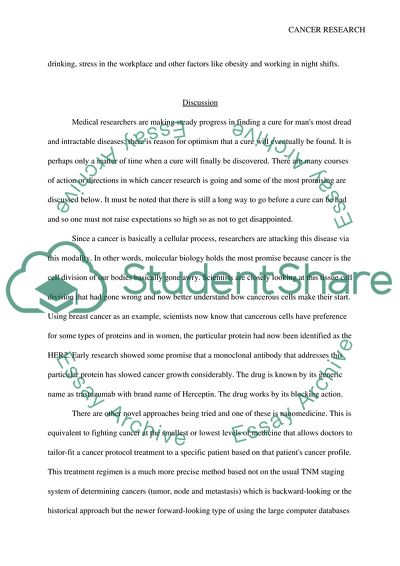Cite this document
(Current Trends in Cancer Research Paper Example | Topics and Well Written Essays - 750 words, n.d.)
Current Trends in Cancer Research Paper Example | Topics and Well Written Essays - 750 words. https://studentshare.org/medical-science/1745442-current-trends-in-cancer-research
Current Trends in Cancer Research Paper Example | Topics and Well Written Essays - 750 words. https://studentshare.org/medical-science/1745442-current-trends-in-cancer-research
(Current Trends in Cancer Research Paper Example | Topics and Well Written Essays - 750 Words)
Current Trends in Cancer Research Paper Example | Topics and Well Written Essays - 750 Words. https://studentshare.org/medical-science/1745442-current-trends-in-cancer-research.
Current Trends in Cancer Research Paper Example | Topics and Well Written Essays - 750 Words. https://studentshare.org/medical-science/1745442-current-trends-in-cancer-research.
“Current Trends in Cancer Research Paper Example | Topics and Well Written Essays - 750 Words”. https://studentshare.org/medical-science/1745442-current-trends-in-cancer-research.


